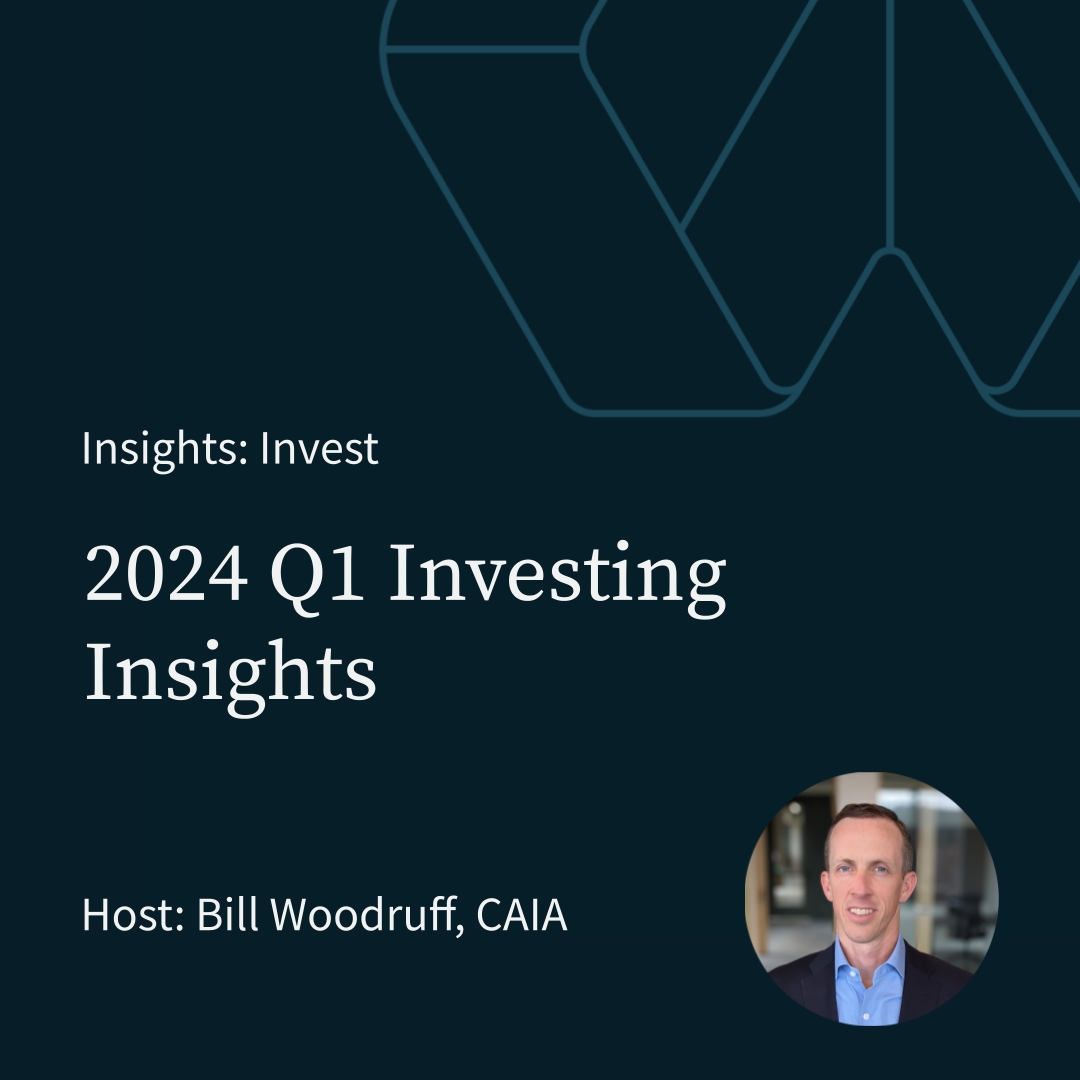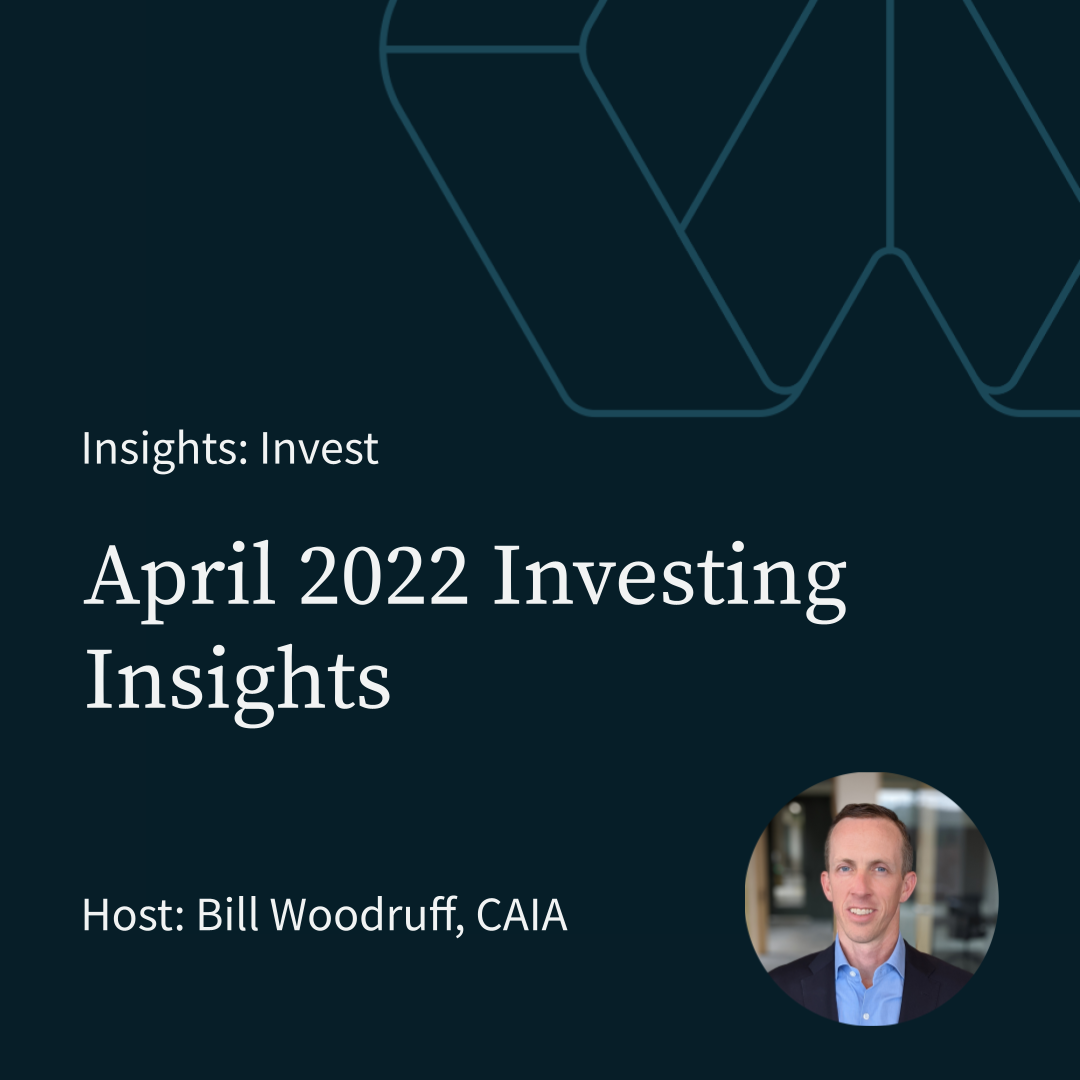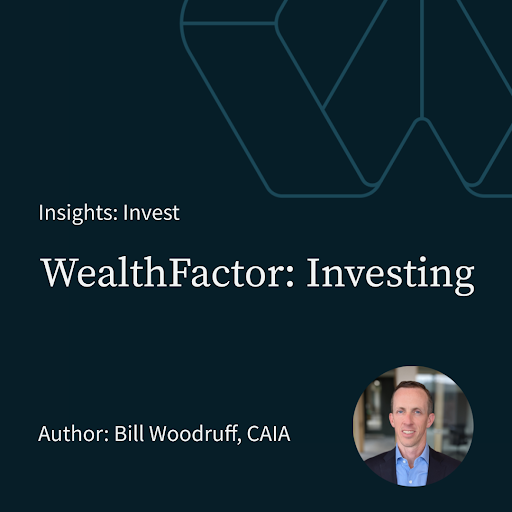August 2020 Review Replay
SUMMARY KEYWORDS
graph, equities, currency, growth, markets, investing, investors, relative, largely, decline, valuations, dollar, factor, portfolio, investment advice, outperformed, service, equity market, period, global economies
Transcript
Welcome to the August 2020 wealth factor review. As this has become a routine we'll be taking a look at global financial markets and investing. But doing so with a bit longer time horizon than the cadence in which we actually function or do this routine. Before I get too far in a few words for compliance purposes this call is for informational purposes only and may be recorded statements made during this call or the opinions of the speaker and are subject to risks and uncertainties some of which are significant in scope. And by their very nature beyond the control of wealth factor, there can be no assurance that such statements will prove to be accurate, and actual results and future events could differ in a material way from said statement. Historical results are not necessarily indicative of future performance. My name is Bill Woodruff. I founded wealth factory in 2000.
01:00
17 largely after spending a fair amount of time, providing investment services and products to other investment professionals and thought that the investment advice, service business and deliverable could be done far more efficiently and in a far better way, in terms of the services being received by the end investor and is launched while factor was an attempt to create that service and provided directly by Ben in the investment industry for a significant amount of time and have over 20 years of investment related experience in a variety of capacities goals that a former firm that I founded, launched a mutual fund out of as well as a publicly traded asset manager. Well factor is a Lake Oswego based investment advisor. We offer a service that is customized, plan oriented investment advice.
02:00
We manage custom portfolios, and most of what we do is based on indices and includes underlying exposures primarily as both stocks and bonds. When we provide our service, the accounts are held in each client's name at an independent third party custodian. And the unique element to our business is we provide a private client in person service deliverable, but at a online or call center like investment advice be of point three 5% well factor is in its approach and philosophy is centered around what we call risk Smart Investing. And there are three different component parts to risk Smart Investing. The first is portfolio smart and this is really a reference to the structure of a portfolio and it's really more about what you avoid and how you build your portfolio and how you
03:00
operate, then it is about what you do. And so it's my belief that Yeah, investors and including professional investors should generally try to avoid strategies. were picking and timing are an important part of that. I believe also that investors should generally avoid the layers of management, as well as complexity, those all of these things will really lead to more time, energy and therefore fees. And it's my belief that those energies are not likely to produce increased value relative to the increased fees. The second component part and risk Smart Investing is being fee smart. This is the concept this is really the driving concept for wealth factor. It's my belief that high fees or increased risk taking when you're providing an investment advice service, at some point, a high fee and that incremental additional risk that's being formed.
04:00
into the portfolio is not just reducing but potentially eliminating the benefits of having a external less emotion linked discipline steward driving the investment service or the portfolio level decisions on each investor's behalf. And then the last component part for risk Smart Investing is tax smart. This part is often an afterthought in the investment advice industry. It's my belief though that tax is and the management of a portfolio with tax considerations is likely the greatest area where an investment advisor can add value. In our August review, we're going to focus on four different parts. We're going to refresh our and we're gonna I'm gonna use a graph that we that I use often refresh why we invest in stocks.
05:00
why we shouldn't try to predict and really look at the long run
05:04
and try to recenter ourselves. It's easy, especially in a year like 2020 where we've seen incredible volatility incredible movement up in price even though it's been a very, you know, even though there was a big part of the year where we saw declines, there's been, you know, the appearance of easy to be made money in stocks and so the potential for emotional link the mistakes and investing is just as prevalent and times like these as they are in March periods. I continue to think that it's important to pay attention to value versus growth in an environment like what we're in right now. We have a pandemic that's really shifting the attention in from invest from an investor perspective to you know, narrows parts of the market, large companies
06:00
tech companies. And certainly, and it's been a decade plus more growth oriented companies. And so we'll take a look at value versus growth. And then we'll take a look at and I don't spend a lot of time on this generally, but just as a bit of a change of pace, we'll look at non US markets. I think that there's diversification benefit there generally, as well as the dollar as that's a related element when you're investing in non US markets. This graph looks at the stock market going back to the 1900s. So it's a very, very long time horizon and there's a lot to absorb and take in here. I think as I think about the history of the s&p 500 or the US equity market, the I think about the further we go back in history, the more the market was more like an emerging economy. And so there are I think there are apples to oranges comparatives. As we the further we go back versus today, this
07:00
graph is in what's called a logarithmic scale. If it weren't into a log scale, it would just look like an enormous hockey puck. And you would see no information really in the early days because of the difference of going from as this graph says 10 to 1000. If you did that, visually, the movements early on would look very small. We see here is periods of long run strong results for equities. What I would highlight here is the all of the major declines, maybe even including the Great Depression, the decline associated with the Great Depression also less, although less significant, there really look insignificant in the scope of a long term, buying and holding of equities over time and we can see the Coronavirus decline here at the very tail end and the recession associated that is really almost a very minor blip to try to say it put this into use
08:00
into a set of useful information is if you think there's there's two really core elements here. One is there is just practically an inherent value in equity markets in the US. So if we think about what that represents, it really represents largely for the entire world, a big part of the goods being produced and the services being provided. And as long as the world continues to operate, and exist, that these companies will continue to have value and continue to, to make their products and provide their services, and that value just won't evaporate overnight. And you know, there's certainly scenarios where it doesn't. And perhaps these sorts of scenarios where the US is less competitive, or it's going through a period where where the growth isn't there, and I think those those sorts of periods are entirely possible.
09:00
It's entirely possible that we're about to enter one of those. The I would push back against trying to look at this sort of graph and identify patterns in that a lot of people have thought really over the last several years that we were going to enter into some sort of negative period for equities. But if we look back over this history, there are too much longer and in the case of the 80s, and 90s, more significant increases in equity prices relative to our current rally. So and then lots of different things have happened that have been headwinds or negatives relative to throughout this environment were. So the Coronavirus and the impacts associated with a shutdown. The challenges associated with broad economic activity, while unique and different isn't necessarily all that different from challenges the US economy as a face historically, transitioning to the value versus versus
10:00
Growth look or analysis. So as I think about this, and this, the graph on the left here gives us some useful information and a long run view. So first of all, just like everything, I don't think that this is helpful for predictive reasons. The goal isn't here to say, okay, we think because value is cheap versus growth, we should try to make a timing link decision. But at the same time, I do think that it does make sense to be aware of an overall portfolio's exposure. If you looked at the indices that our market cap weighted, they're shifting very much to momentum on factors that are more growth oriented, and they're becoming more concentrated there as the as many of those stocks really rally dramatically. You know, Apple is a really great example around 2 trillion and, and market cap that P near 35 in that range. You know, it's Is it a value company as a growth company.
11:00
But overall, if we look at look back over history, we can say, okay, it was great to be in growth through the late 90s. And then all of a sudden, and really at the point where and we can see it in the graph and 99, where value became very cheap relative to growth, at that time, from 2000, around 2000 through 2000. Really eight or so it was the other way around, it was really great to be in value, rather than growth around 2008. That shifted again, and it's been since then a very good time to be in growth, whether that whether now's a very good time to be in value or sometime in the next five years. I'm not wanting to try to predict that sort of thing. But I'm at a minimum growth has growth oriented investing has been outperforming and doing far better than value for a very long time. And at some point, I think valuations start to matter again. And and so at a minimum, I would encourage investors to evaluate those positions.
12:00
And look to at least neutralize and diversify into value not necessarily suggesting one should bet on value specifically. So transitioning over to thinking about non US markets and non US markets have multiple component parts. And so I like this graph, because it breaks out the component parts to the return. If you think about investing in non US markets from a US domiciled investors perspective, you're when you're investing in US equities, you're it's pretty straightforward. you're capturing what is effectively the future earnings potential of a company or an aggregate Group of Companies when they eat within the US. And as you look to non US markets, you are investing in that very same thing in other markets, but there's an additional element to that, which is the current changing currency. And so this graph here, or this set of graphs, breaks out the different
13:00
component Parson. So the first one is looking at it over a very long term period 2005 to 2019. You can see the it's broken out into different component parts. So the US is on here, but doesn't have the purple or currency. And then we look at emerging markets and we can see the currency hurt there and look at Europe and Japan. And you know us has done not unlike growth has outperformed value over the last us has outperformed the US for significant amount of time, as well. And perhaps that's just the long term secular phenomenon where us will almost always outperform Non Us I don't have any way to know or predict that. But, you know, if you and I don't not unlike value being perhaps less expensive than growth today, the same thing, and I'll show it on the next slide applies For Non Us and so then we can look at the 2020 Peak to trough and the 2020 current from trough so the declines you can see in the decline period in 2020 that generally
14:00
The currency part hurt. And the driver and hopefully this persists from a US investors perspective is that whenever there's a flight away from risk and inequality, the dollar is usually and has been a benefactor to that. And so the dollar strengthens. And so Non Us investment generally, especially in emerging markets, which are perceived to be more risky declines. But we, you know, despite the currency element, you know, US investment or us equity prices declined, technically more than emerging markets. And so it was a, you know, largely similar decline. And then, on the next part here, we see the recovery part, and we can see a significant currency appreciation relative to the dollar and part of the recovery there. And we've seen, you know, very strong recoveries across not just the US but emerging markets and other developed economies and their equity prices. So this looks at earnings a little bit and
15:00
As I suggested valuations we have on the right here, where I want to focus in our time on is global valuations. And so when we looked at when we look at our, the history of our valuations there, you know, we're looking at it and we, we see that valuations are high relative to historical averages currently, it's useful, I think, to look across other developed countries in Japan, this is oftentimes a place where you get scenarios that you've just we've just not seen in the US and, you know, initially that was on the interest rate side where they had, you know, near zero or negative rates for a very long period of time, and largely because of deflation. And we can also see from a valuable equity market valuation perspective in Japan, that I mean that this graph has to be modified to hit the upper band of Japan's equity valuations. There's perhaps a conclusion that can be made that lower interest rates
16:00
Under near zero interest life, just like what we're experiencing currently in the US, perhaps support a significantly higher valuation than what we've ever seen before in equity markets, you know, am I going to conclude that with certainty No, but at least it it does give us perhaps a supporting I think it's always important to look at a ordering reasons not to try to time and sell equities. So equities, US equities, I think and is always a relative risks situation and a scenario relative to each individual's risk tolerance and time horizon. And so just because us valuations and this is 24 times earnings on this particular graph is at the very high band. That doesn't mean it Japan gives us a comparative example that says, well, and I think the interest rate part is a big is a big supporting component to that, that even though we're very close to the up
17:00
The upper band of long term historic experiences and us price to earnings ratios, it doesn't mean that it can't go higher, or it can't stay at this level for a prolonged period of time. It also, that's completely independent of earnings increases. So we can see, you know, Europe, much closer to the middle or 25 year average and so on a relative to am I trying to make a case for Europe, but I'm just saying not unlike value versus growth. The UN is definitely it from an emerging markets perspective. But the valuations are much more reasonable or closer to historic averages versus the US and non US markets. And so, you know, I think it makes sense to look at a portfolio and say, you know, is it total us? If that's the case, there's probably a diversification argument to say that some non us exposures should be included, kind of transitioning a little bit towards more of the
18:00
Currency component of investing in non us or international equities. So we can look at their been, you know, not unlike growth versus value cycles where over periods of time the dollars appreciating versus other currencies are depreciating, you know, there's been a lot of me in the media at times, I think can be counterproductive. And there's certainly been a prolonged period of time. It's really largely linked to the perceived printing by our global central bank or the Fed of dollars and the idea that that's going to weaken the US dollar. And theoretically, it could, but you know, largely our experience, if you look at this graph, this graph on the left 73 to current hasn't, that hasn't played out, there hasn't been any real material trend change in the dollar, you know, in 1973, this dollar index was about 100. And it's not that far from 100.
19:00
Today and so the idea that the dollar is weakening dramatically, you know, the currency, they're very, very much a relative to other others, relative to other currencies. By its very nature, the dollar May, we can't predict this, like anything, we can't predict the direction of the dollar or other currencies. And there's certainly things to be worried about in regards to its reserve currency status across lots of places in the US, US Personally, I believe that there's room in the global economy for more than one dominant exchange. And in the on the graph on the right side is looking at currencies and the part of that each particular year and so you can see its impact on equity returns. And so this is a little bit more related to the prior page. But you can see that in any given year, a fair amount of the return can be driven by the currency element of investing in equities, dollar over time. And then and so we can see
20:00
Even though there might be some concern about the dollar, and and what we're doing to stimulate the economy locally, then that's not really bearing out in the price of the dollar. And I think the reason for that largely is many of the other developed market, global economies are dealing with the exact same thing, and many of them are stimulating in the exact same way. And so we're seeing less growth, and we're seeing less inflation or deflation across the global economies. It's not just here in the US. And so again, currencies are very much relative. And then we can look at, you know, what's going to affect the dollar a time? Well, US trade balance is one element, and we can really see that that's been on since the middle of the tooth out of 2005. You know, a trajectory that's headed back towards balanced in terms of our trade with other countries interest rate differential which this in some in some ways, factors in inflation as a company
21:00
apart, you know, we're seeing that we saw a real strengthening post the financial crisis. And that's, I think, a flight towards the dollar. We can also see appreciation of the dollar, largely since the financial crisis. And we've seen here real recently and large, a reversion back towards zero in terms of the developed markets, interest rates, differentials. So that's really many of the developed market economies had near zero interest rates. Ours we saw ours pick up a little bit and now with the this recent year, we've seen ours get to historic lows and that reversion back towards a closer parody across currencies developed market currencies. I hope you found some of the comment useful I have if you have any questions, I'm sharing my contact information here and would welcome the opportunity to connect with you. Please feel free to reach out hope you have a great rest of your day.










